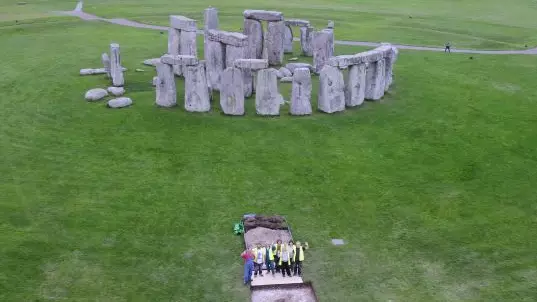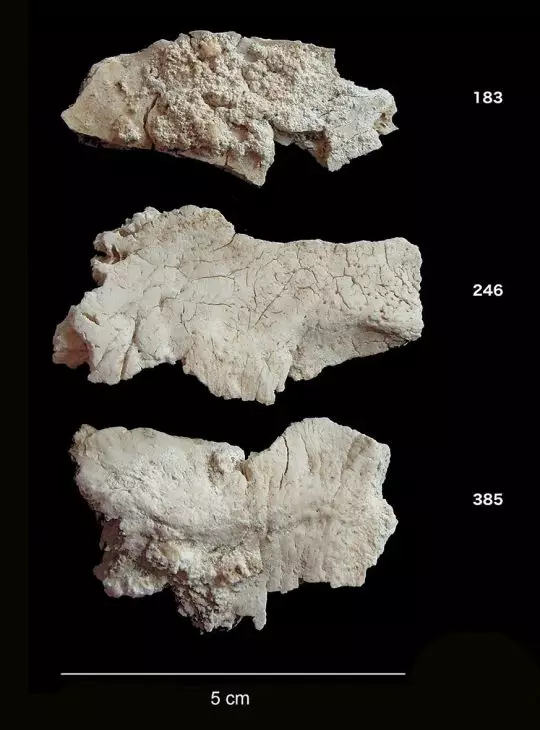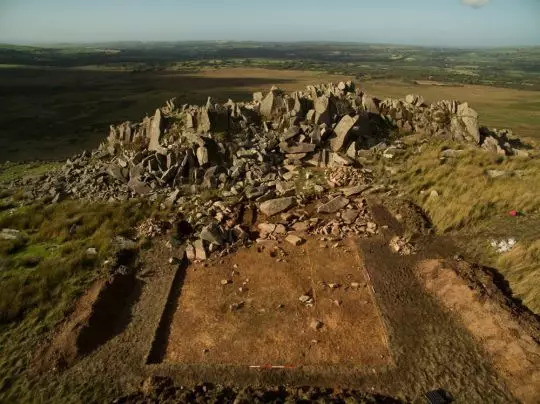
Alongside the identity of Jack The Ripper, the whereabouts of the missing city of Atlantis and why the hell Love Island is so popular, Stonehenge remains one of the world's biggest mysteries. Namely, how was it built, and why?
Well, it seems we might be getting closer to unravelling its secrets. When we say 'we', we mean a team of scientists led by Oxford University, who used radiocarbon-dating alongside new developments in archaeological analysis to study 25 skull bones that were cremated at the site and originally excavated in the 1920s.
It had already been established that the 'bluestones' of Stonehenge came from West Wales and were likely sourced from the Preseli Mountains, but the analysis of the bones suggests that at least 10 of the 25 people didn't live near Stonehenge before their death, but in western Britain and Wales.

The significance of this discovery is that it demonstrates how, in the Late Neolithic era, people moved between west Wales and Wessex, indicating there was an inter-regional connection.
According to lead author of the study, John Pouncett - who is a spatial technology officer and Oxford's School Of Archaeology - explained that the findings give us 'a new insight into the communities who built Stonehenge'.
"The cremated remains from the enigmatic Aubrey Holes and updated mapping of the biosphere suggest that people from the Preseli Mountains not only supplied the bluestones used to build the stone circle but moved with the stones and were buried there too," he said.
Because cremated bone retains its strontium isotope composition, the scientist were able to investigate where the people had lived during the last decade or so of their lives by examining the remains, which came from around 3,000BC, when the site was mainly used as a cemetery.
The cremated remains from Stonehenge were first excavated by Colonel William Hawley in the 1920s, who reburied them at the site to be dug up at a later date.

Dr Rick Schulting, lead author of the study and associate professor in scientific and prehistoric archaeology at Oxford, said: "To me, the really remarkable thing about our study is the ability of new developments in archaeological science to extract so much new information - from such small and unpromising fragments of burnt bone.
"Some of the people's remains showed strontium isotope signals consistent with west Wales, the source of the bluestones that are now being seen as marking the earliest monumental phase of the site."
Featured Image Credit: SWNS